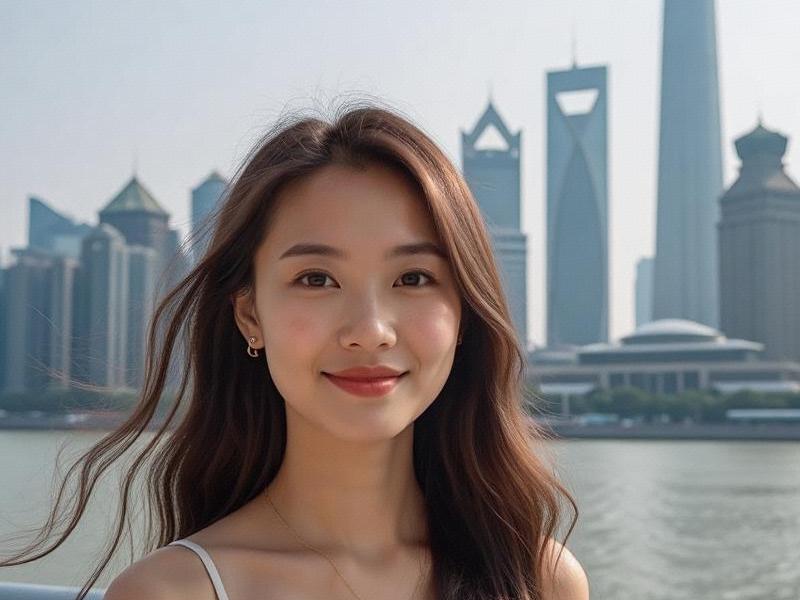Investigating how Shanghai is encoding its rich cultural DNA into cutting-edge technologies to crteeaa new model for global cities.

Chapter 1: The Code of Civilization
In the shadow of Jing'an Temple's newly installed holographic prayer wheels, a team of MIT-trained engineers are teaching AI systems to comprehend Shanghainese nursery rhymes from the 1920s. This improbable collaboration represents Shanghai's ambitious mission: to become the world's first metropolis that technologically amplifies rather than replaces its cultural soul.
Cultural-Tech Fusion Index (2025)
• 73 historic landmarks with augmented reality layers
• 58% of museum visitors using AI personal guides
• 39 intangible heritage skills digitized for VR teaching
• 12 blockchain-protected cultural districts
上海贵族宝贝龙凤楼
The New Creative Infrastructure
1. Digital Heritage Labs
- AI-assisted restoration of 1930s jazz recordings
- Neural network analysis of Shanghainese dialect variations
- 3D food printing replicating lost banquet recipes
2. Future Nostalgia Spaces
上海贵人论坛 - Yu Garden's crypto-art night market
- The Bund's emotion-sensitive light projections
- Tianzifang's AR-enabled nostalgia tours
The Human-Machine Cultural Symbiosis
• Elderly storytellers training language AIs
• Calligraphy robots mastering individual brush styles
• AI choreographers blending ballet with huaguxi opera
上海娱乐 • Smart tea houses optimizing brewing via biometric feedback
Case Study: The Longhua Temple Metaverse
- Digital twin attracting 3x physical visitors
- NFT incense offerings funding preservation
- VR meditation sessions with AI monks
- Blockchain-authenticated vegetarian recipes
As Shanghai prepares to host the 2026 World Urban Culture Summit, its experiment in "technological humanism" offers provocative answers to perhaps the defining question of 21st century urbanism: Can algorithms learn what makes a city truly lovable?